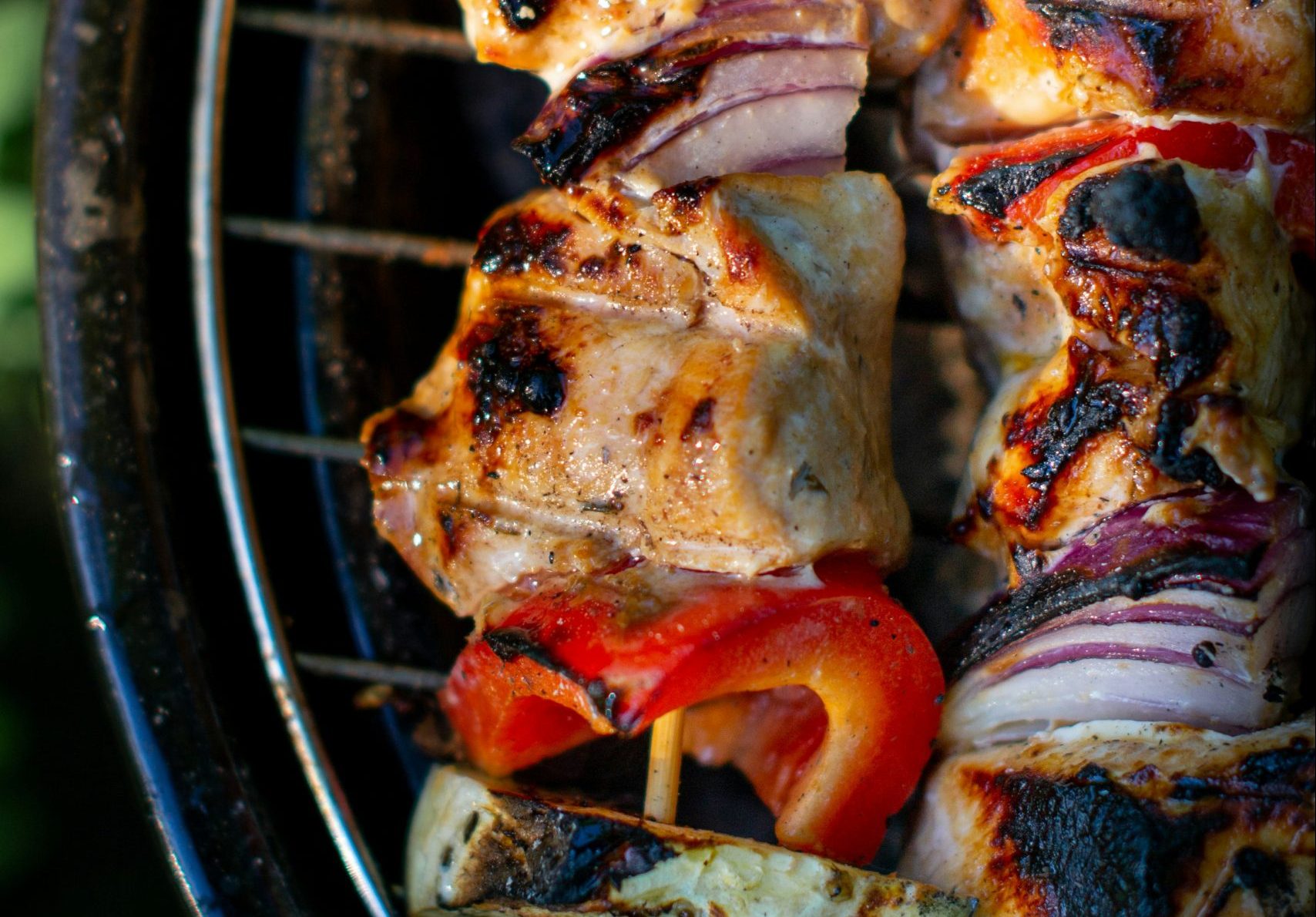Summer Health: BBQ Safely
A garden barbecue is a staple of the British summer holidays and a great way to enjoy the weather with family or friends.
Cooking and eating outside adds a few extra risks and hazards, and people with allergies or underlying health conditions can be at extra risk of food poisoning.
Here are some quick tips for enjoying your BBQ safely.
Preparing your BBQ
Chances are your BBQ has been sitting outside since you last used it. The best start is to thoroughly clean your grill and all other equipment, such as tongs or forks.
If you cook with charcoal rather than gas, ensure the coals are hot enough. Before you think about cooking, they should glow red with a grey, powdery surface.
Make sure any food you are going to cook has been thoroughly defrosted and kept covered until it goes on the grill.


Cross-contamination is a major cause of food poisoning. It happens when raw food drips onto food that is ready to eat.
Use one set of utensils, bowls, plates, or trays for raw meat and a separate set for cooked meat. Wash your hands thoroughly after handling raw meat or fish, but don’t wash the food itself, as water splashes can cause cross-contamination.
Cooking meat properly
BBQ meat must be cooked at the right temperature and long enough to kill harmful bacteria.
This will vary from meat to meat. Many of us enjoy a steak that is still a bit pink, but it must have been properly seared on the outside.
Chicken, pork and minced-meat products like burgers, kebabs and sausages need to be cooked all the way through and not served pink.
If you can, use a food thermometer to check the internal temperature of your meat. To be fully cooked, meat should reach 70°C for 2 minutes. Make sure to properly clean your temperature probe between uses.
Being charred (or burnt) on the outside doesn’t mean the meat has been cooked all the way through. Cut into the thickest part to check that it is piping hot in the middle and not pink.
Cleaning up and Leftovers
If you’ve cooked too much food, it’s fine to keep it for another time. Just make sure to cover it and allow it to cool to room temperature before putting it in the fridge. It’s best to get it inside as soon as possible, especially on hot days.
If you’re going to reheat food to eat on another day, it must be heated all the way through. Again, use the ‘cut into the middle’ technique. If it’s not hot or steaming, it needs to be in the oven longer. Never reheat meat more than once.
Marinades or sauces that have been exposed to uncooked meat must be discarded. They should not be kept or reused.
